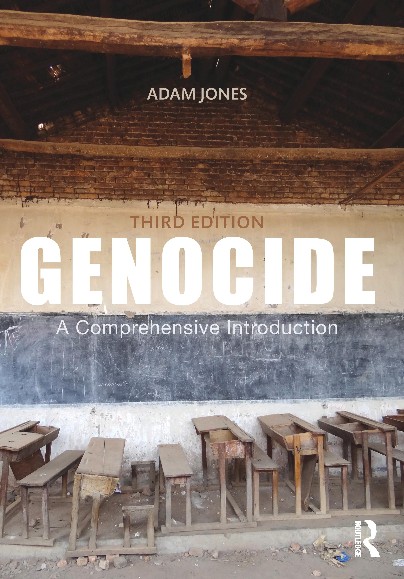Bangladesh War's Toll on Women Still Undiscussed
By Nilanjana S. Roy
The New York Times, August 24, 2010
"The numbers are in dispute, but the story they tell has remained the same for four decades: 200,000 women (or 300,000, or 400,000, depending on the source) raped during the 1971 war in which East Pakistan broke with West Pakistan to become Bangladesh. The American feminist Susan Brownmiller, quoting all three sets of statistics in her 1975 book 'Against Our Will: Men, Women and Rape,' compared the rapes of Bangladesh with the rapes of Chinese women by Japanese soldiers at Nanjing in 1937-38. Accepting even the lowest set of figures for Bangladesh forces a horrifying comparison -- the 1992-95 Bosnian war saw one-tenth the number of rapes as did the Bangladesh war. The rapes of Bosnian women forced the world to recognize rape as 'an instrument of terror,' as a crime against humanity. But so far no one has been held to account for the sexual violence against Bangladeshi women in 1971. As the 40th anniversary of the 1971 war approaches, the Bangladeshi government has set up an International Crimes Tribunal to investigate the atrocities of that era. But human rights advocates and lawyers fear that the mass rapes and killings of women will not be adequately addressed. They hope to ensure they are.
'There has been a denial by certain political groups of the history of the war, and a failure to account for the crimes of sexual violence against women,' said Sara Hossain, a human rights lawyer based in Dhaka. For years, the experiences of women -- the independence fighters, the victims of rape, the widows -- during the war received little attention, their stories seldom told, the violence they experienced rarely acknowledged. ... Later this year, the first English-language translation of an important oral history, 'Women's 1971,' will be published. This gathers the testimonies of women who were not just victims, but fighters like Taramon Bibi, one of only two women decorated for their combat service during the war, or who, like Ferdousi Priyobhashini, now a sculptor, used their experiences in the war as a springboard for self-transformation. Of the 19 women whose stories appear in this collection, 15 are Muslims, 2 are Hindus and 2 are Buddhists. ... And this war yields haunting stories. A young filmmaker, Ananda, documents the continuing trauma of the village of Shohagpur in his film 'The Village of Widows,' which will also be screened next year. In July 1971, Pakistani soldiers descended on this quiet hamlet, which was suspected of supporting the Mukti Bahini, the independence fighters. They rounded up all the men and killed them. Four decades later, as Mr. Ananda records, Shohagpur has no old men. The women live alongside the graves of their dead. Is justice, after so many decades, possible? Is it even being demanded? The International Crimes Tribunal in Bangladesh has begun issuing indictments. However, said Ms. Hossain, the lawyer: 'It is not clear if crimes of violence against women will be addressed or form the basis of prosecutions. There are no women among the tribunal members, or prosecutors. But we hope that the investigators will highlight this issue -- and that the government will ensure a safe and secure environment for women to testify before them.' [...]"
Tuesday, August 24, 2010
Subscribe to:
Post Comments (Atom)














No comments:
Post a Comment
Please be constructive in your comments. - AJ